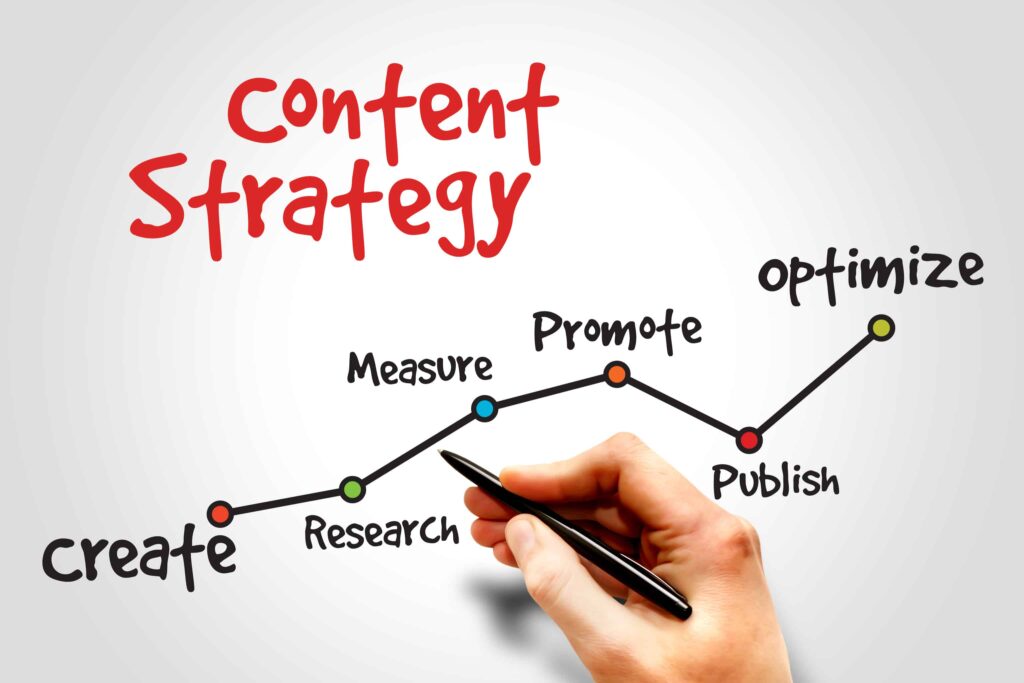
People’s purchasing habits have shifted dramatically in the fast-paced digital age. As a result, in order to remain relevant and effective, firms must update their sales techniques. Outbound sales strategies are making way to a more customer-centric strategy known as inbound sales. We will look at the Inbound Sales Revolution and how firms may adapt to the modern buyer’s journey in this post.
Introduction
With the emergence of the internet, consumers now have access to a variety of information. Buyers now have the ability to research, compare, and make informed decisions right at their fingertips. This has altered the power dynamic in sales, necessitating company adaptation.
Recognising the Modern Buyer’s Journey
Previously, the sales process was linear, with companies forcing their products or services upon potential clients. The current buyer’s trip, on the other hand, is more complicated. It consists of several stages, including awareness, contemplation, and decision-making, during which prospective clients actively seek information and solutions.
The Development of Inbound Sales
Inbound sales is a strategy that follows the current buyer’s journey. It focuses on producing useful and helpful content that attracts, engages, and educates prospective clients. This material can include blog entries, videos, webinars, and other formats.
The Value of Adaptation
Businesses must adjust to the inbound sales method. It enables them to meet potential customers where they are in their journey and provide the appropriate information at the appropriate moment. This fosters trust and promotes the company as a valuable resource.
Increasing Trust Through Content

Building trust is one of the pillars of inbound sales. The importance of content in this process cannot be overstated. Businesses must generate content that answers their target audience’s pain points and inquiries.
Individualization in Inbound Sales
Personalization is essential in today’s buyer’s journey. Businesses may adjust their content and interactions to be more relevant by knowing the individual needs of potential customers, which leads to higher engagement and conversion rates.
Using Social Media
Inbound sales can be found in abundance on social media platforms. They enable businesses to access a large audience, participate in discussions, and provide useful content. Social media aids in brand awareness and community development.
Utilising Technology
Inbound sales have become more effective as technology has advanced. Businesses can analyse client interactions and make data-driven decisions using customer relationship management (CRM) systems, email marketing tools, and analytics.
The Function of SEO
Inbound sales rely heavily on Search Engine Optimisation (SEO). It guarantees that the useful information produced by businesses is discoverable by their target audience via search engines.
Content Marketing Techniques

Inbound sales are built around content marketing. To reach the appropriate people at the right time, businesses must strategize their content generation, distribution, and promotion.
Lead Nurturing
Not all leads are ready to buy right away. Lead nurturing is an aspect of inbound sales in which organisations continue to engage with potential consumers, providing them with valuable information and creating relationships over time.
The Sales Conversion Funnel
Inbound sales require an understanding of the sales funnel. It consists of the steps a prospect goes through, beginning with awareness and progressing to consideration and, finally, a purchasing decision.
Deal Closing
Lead generation is only the beginning of inbound sales. It contains efficient sales tactics for converting leads into paying customers.
Success Measurement
Measuring the effectiveness of inbound sales activities is critical for continuous improvement. Metrics such as website traffic, conversion rates, and client retention provide information about what is working and what needs to be tweaked.
Conclusion
The Inbound Sales Revolution is a must in the age of the current buyer’s journey. Businesses may succeed in the digital world by adopting this customer-centric approach and offering valuable content. It’s a paradigm change that puts the customer at the centre of the sales process, resulting in happier customers and more income.
















